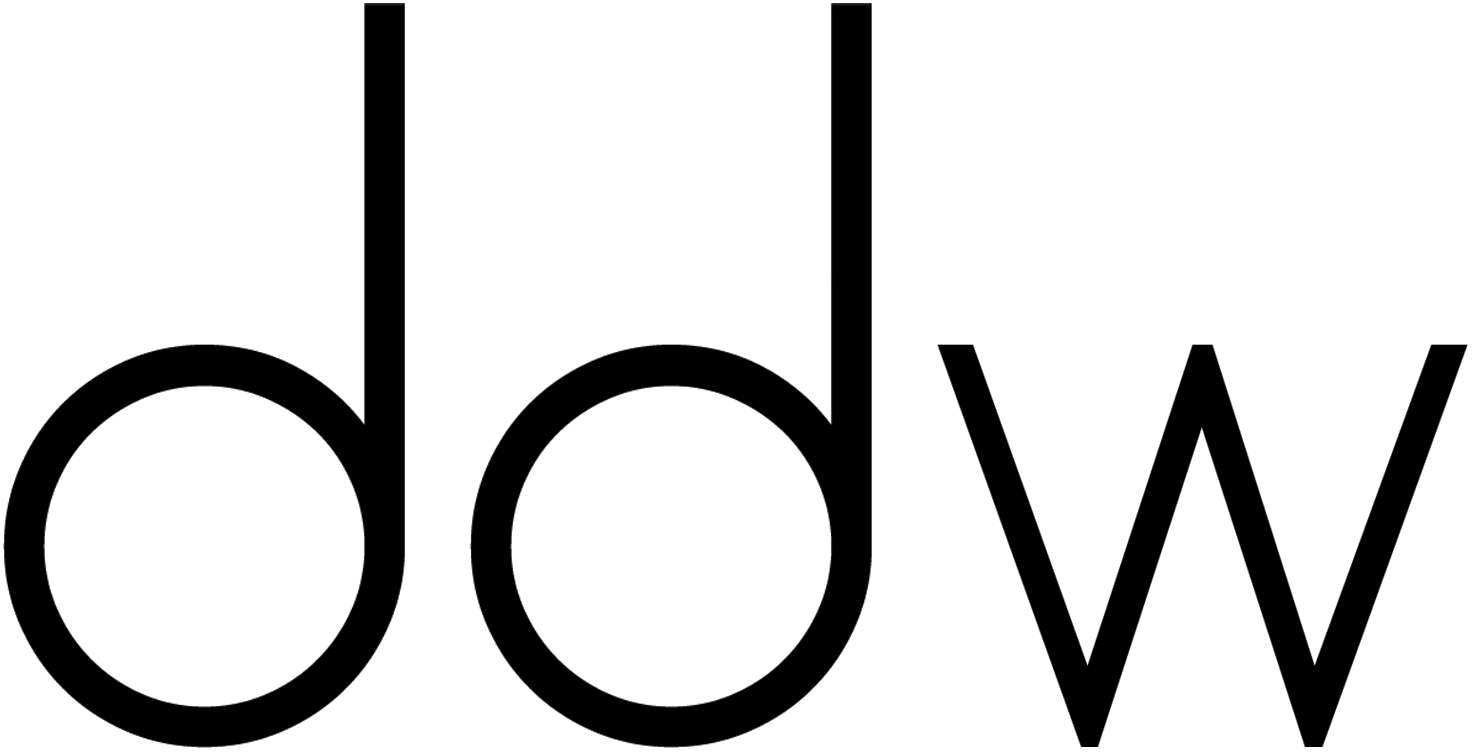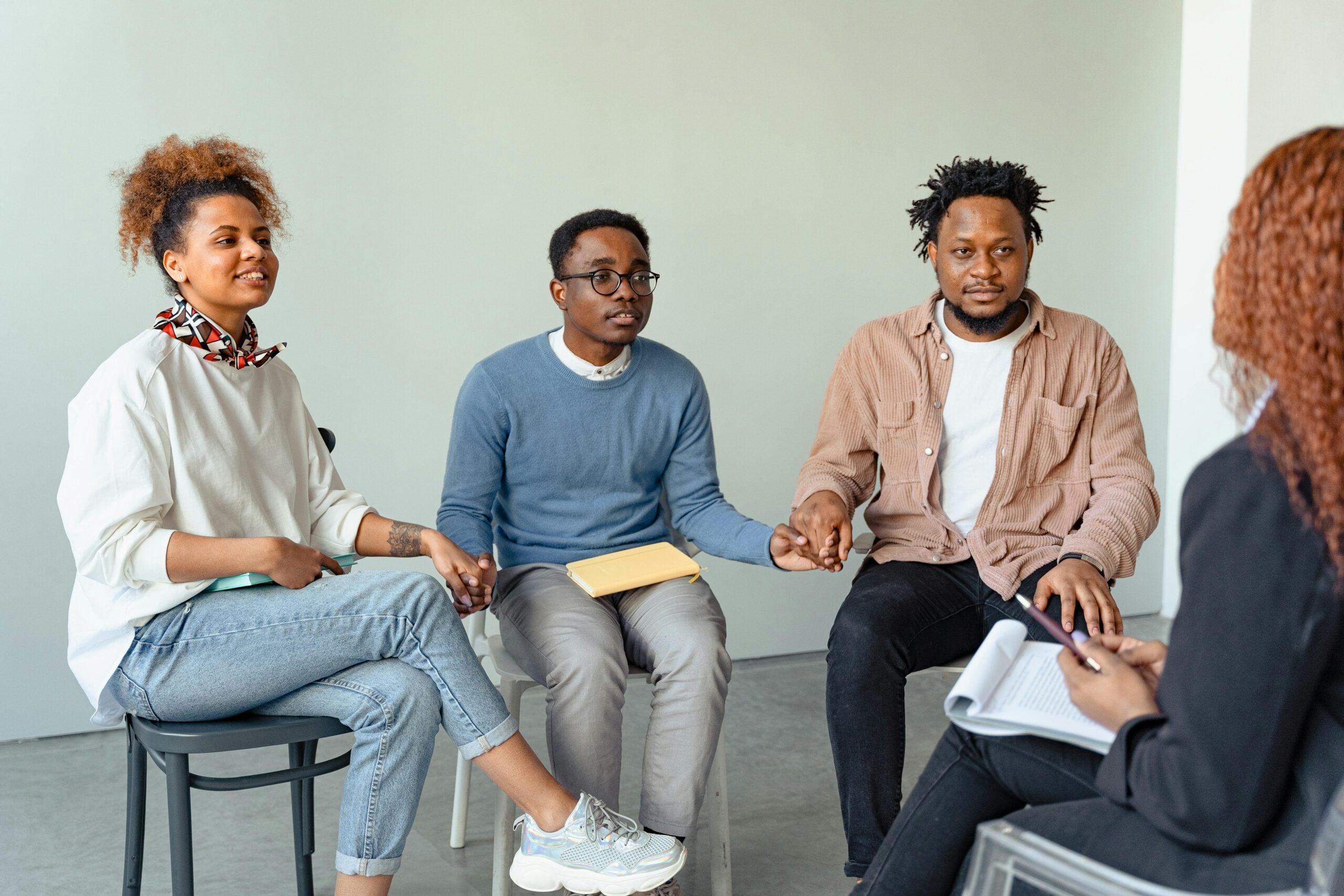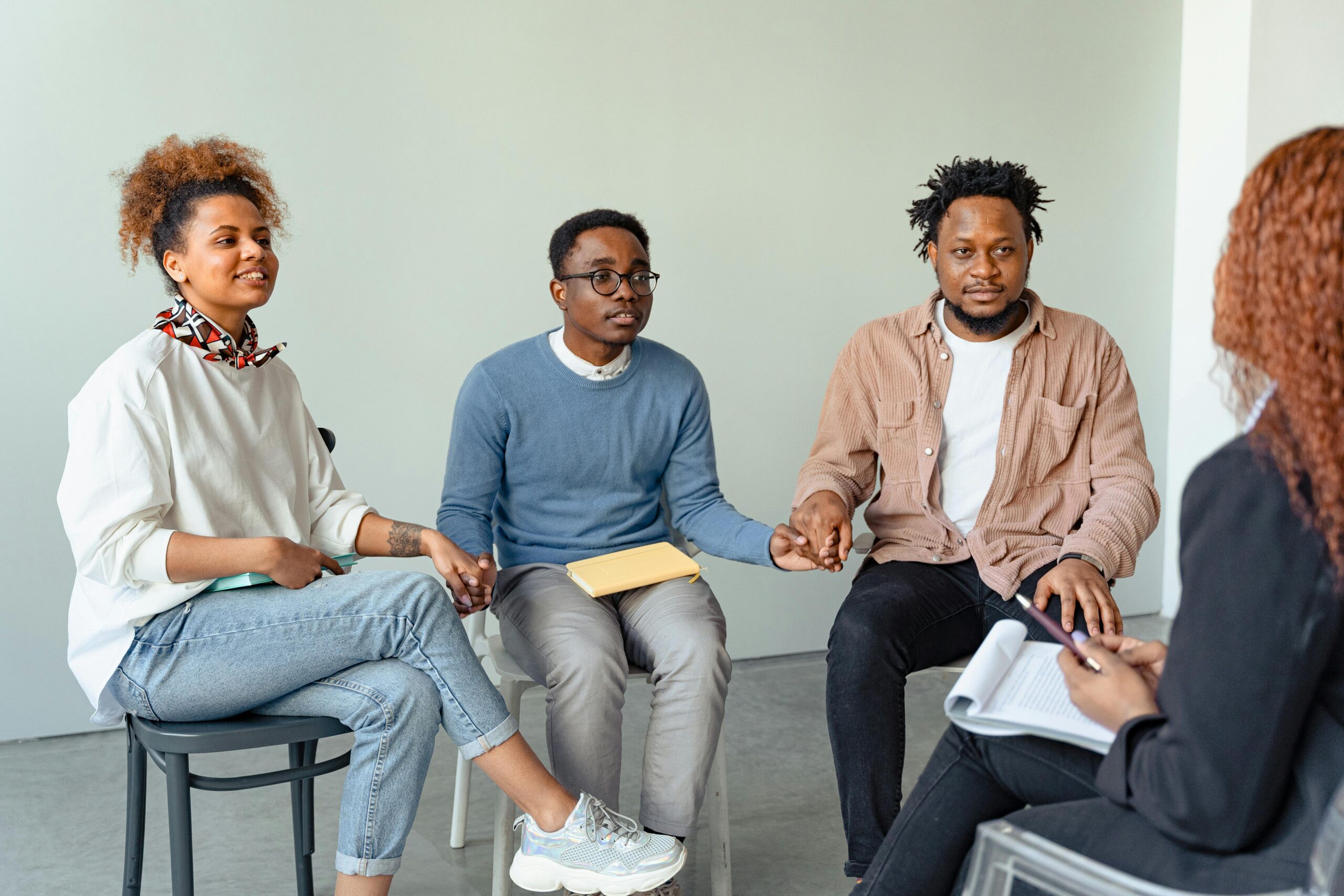
Why does real change feel so slow?
We see headlines every day—about injustice, inequality, poverty, climate, mental health. There’s outrage online. Marches in the street. Speeches on every platform. And yet, so many problems seem stuck in place.
That’s because change doesn’t just happen when people notice what’s wrong. It happens when people work—quietly, steadily, and often behind the scenes—to make things better.
It’s not flashy. It’s not quick. And it definitely doesn’t come with instant likes or applause.
Real social change takes time, systems thinking, community trust, and consistent action. It takes people who understand how policies work, how institutions operate, and how human behavior affects both. These people aren’t just advocates. They’re builders. They create the frameworks that keep momentum going long after the attention fades.
In this blog, we will share what it actually takes to create lasting social change—and why education, empathy, and structure matter more than ever.
The Slow Grind Behind the Headlines
Change is hard to measure in the short term. That’s why it’s easy to feel like nothing’s working when progress doesn’t come fast. But behind every big shift is a long trail of groundwork.
Take the push for better mental health services in schools. That didn’t start last year. It’s the result of decades of work from educators, counselors, policymakers, and researchers. People who spent years gathering data, writing grants, creating pilot programs, and building public support.
That’s what change looks like when it’s working. It’s slow. It’s technical. It’s rooted in relationships. And often, the people making it happen have advanced training—not just in theory, but in navigating systems, working with vulnerable populations, and advocating inside complex institutions.
That’s where education comes in. And not just from elite universities or expensive programs. In fact, some of the cheapest online MSW programs offer some of the best training for real-world impact. These programs make it possible for people from diverse backgrounds—many already working in their communities—to gain the skills they need without leaving their jobs or relocating.
The flexibility of online learning opens the door for more people to step into social work and community leadership. It’s not just about convenience. It’s about expanding access to the kind of education that prepares people to meet real needs, in real time.
Online programs also expose students to perspectives from across the country—and even the globe. When people from different regions, life experiences, and cultural backgrounds share a virtual classroom, everyone gains. And when that knowledge gets taken back to local communities, it spreads impact even further.
Why Change Needs Both Passion and Process
Social change often starts with a spark—anger, heartbreak, hope. But if there’s no structure behind that feeling, the work burns out fast.
That’s where trained professionals make a difference. They understand how to channel emotion into strategy. How to keep a movement going after the crowd goes home. How to make sure the energy of one moment turns into lasting policy, programs, or protection.
It’s not always exciting. Sometimes it looks like filing paperwork, running a community meeting, or analyzing outcomes. But all of that matters. Because without structure, good ideas fade. Without tracking impact, even the best intentions fall flat.
We see this all the time in areas like housing, healthcare, and education reform. It’s easy to get people to agree that something’s broken. It’s harder to design a system that actually works better—and get it passed, funded, and implemented.
That kind of work takes technical skill, political savvy, and long-term focus. It’s not enough to want better outcomes. You need to know how to get them. That’s where social workers trained in policy, leadership, and community practice come in.
The People Who Make It Happen (And Stay in the Room)
A lot of social change happens when no one’s watching. It happens in late-night strategy sessions, early-morning grant writing, and tough conversations with people in power. It happens when someone who’s tired still shows up because their community depends on it.
The people who do this work aren’t always the ones on stage. They’re not chasing fame. They’re building trust. And trust, more than anything, is what drives change.
That trust gets built one relationship at a time—between caseworkers and clients, organizers and neighbors, leaders and lawmakers. It’s slow, local, and deeply personal. And without it, even the best policies fall apart.
Zooming Out: The Systems That Shape Change
One of the biggest challenges in creating change is that problems are connected. You can’t fix housing without looking at wages. You can’t fix education without addressing health. Everything touches everything else.
That’s why effective change-makers need systems thinking. They need to understand how structures interact—and how unintended consequences happen when you don’t look at the full picture.
Let’s say a city wants to reduce youth crime. It’s easy to fund more police. It’s harder—but more effective—to invest in youth mental health, after-school programs, job training, and family support. Those things are connected. And the best interventions come from people who see that.
This is why interdisciplinary education, like social work blended with public health or disaster leadership, is becoming more valuable. It gives professionals the range to work across sectors, not just inside them.
A Different Kind of Heroism
Social change doesn’t come with capes. It’s less about saving the day and more about showing up every day. It’s not glamorous. It’s not always visible. But it’s vital.
It’s found in the volunteer who becomes a program director. The teacher who steps into advocacy. The survivor who builds a peer support network. These are the people who make real change possible.
And the truth is, we need more of them.
We need more people willing to learn, to listen, and to lead quietly. We need people who believe in slow, steady progress—and who aren’t afraid of the hard parts.
The good news? That kind of leadership isn’t reserved for the few. It’s available to anyone willing to do the work.
The Work Worth Doing
In the end, social change isn’t magic. It’s a craft.
It’s built on skills, relationships, and the decision to keep going even when it’s hard. And in a world that’s more complicated than ever, we don’t just need dreamers. We need doers.
So if you’re wondering where you fit into the picture, start with what you care about—and then look for the tools to help you act on it.
The future depends on people who aren’t just waiting for the world to change. It depends on people ready to do the work to change it.


